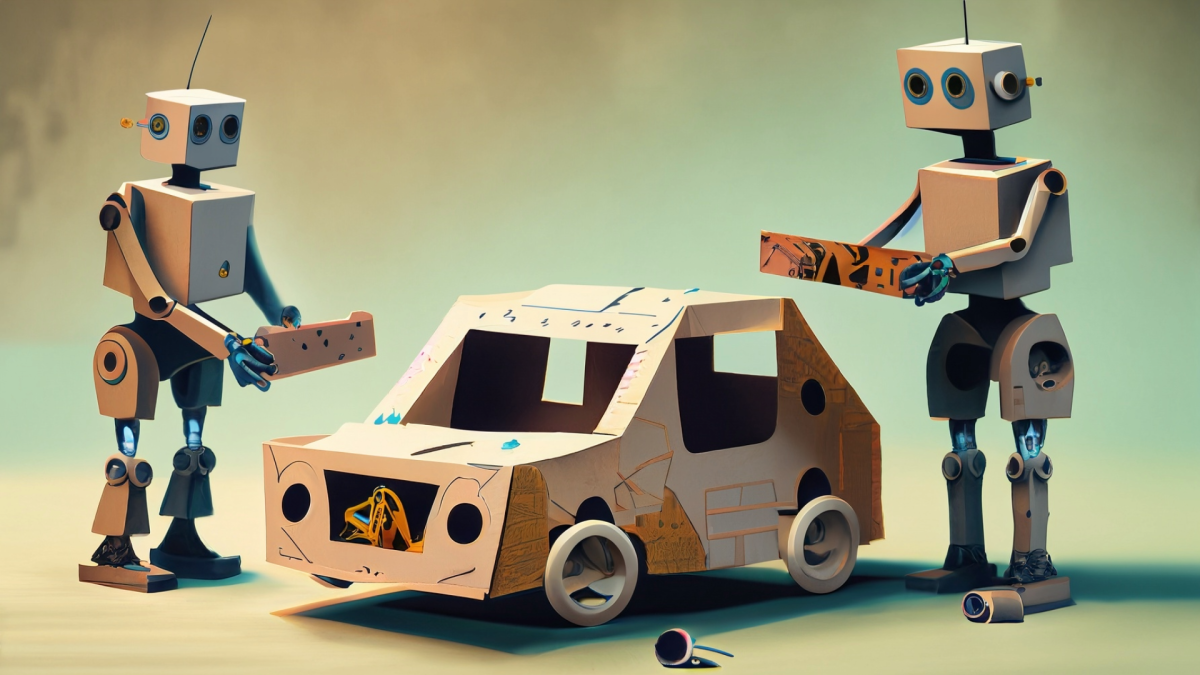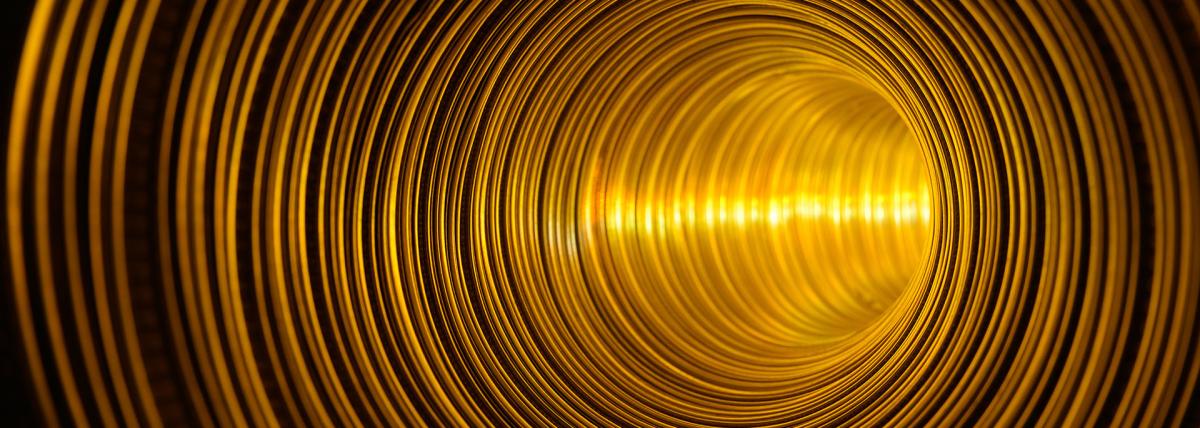
Plant You Believe It? A Nature Inspired Water Capturing System
by Lydia Carlson
After learning about the cycling of water and understanding that natural resources are limited, students use biomimicry to design their own water capturing system. Students begin by learning about the structures of plants that allow them to successfully capture and store water, and also a human made system that already exists. They then use that information to make informed decisions about their own design, but with the added challenge that they must use the structures of plants in their design. Students use the design app Chrome Canvas to make a digital version of their design, then create a prototype using classroom materials.
Lesson Plan Link/URL
https://docs.google.com/presentation/d/129yju_rFY0TUeRPRFbkTU2w-cZ6qBJec/edit?u…Subject Area
Science Physical Science Life Science Technology 6. Creative Communicator Engineering S2: Apply the Engineering Design Process
Featured
Off
Related Content

Grades:
6th Grade, 7th Grade, 8th Grade
This lesson uses the knowledge of circuits (lessons 1 and 2) to make a battery-powered car. We used a tutorial from Tinkercad and designed our own body of a car. Then, I printed their cars. They

Grades:
6th Grade, 7th Grade, 8th Grade
Students will create a Google slideshow presentation to document their progress through the engineering design process, which includes: researching the science of sound, then creating an instrument
